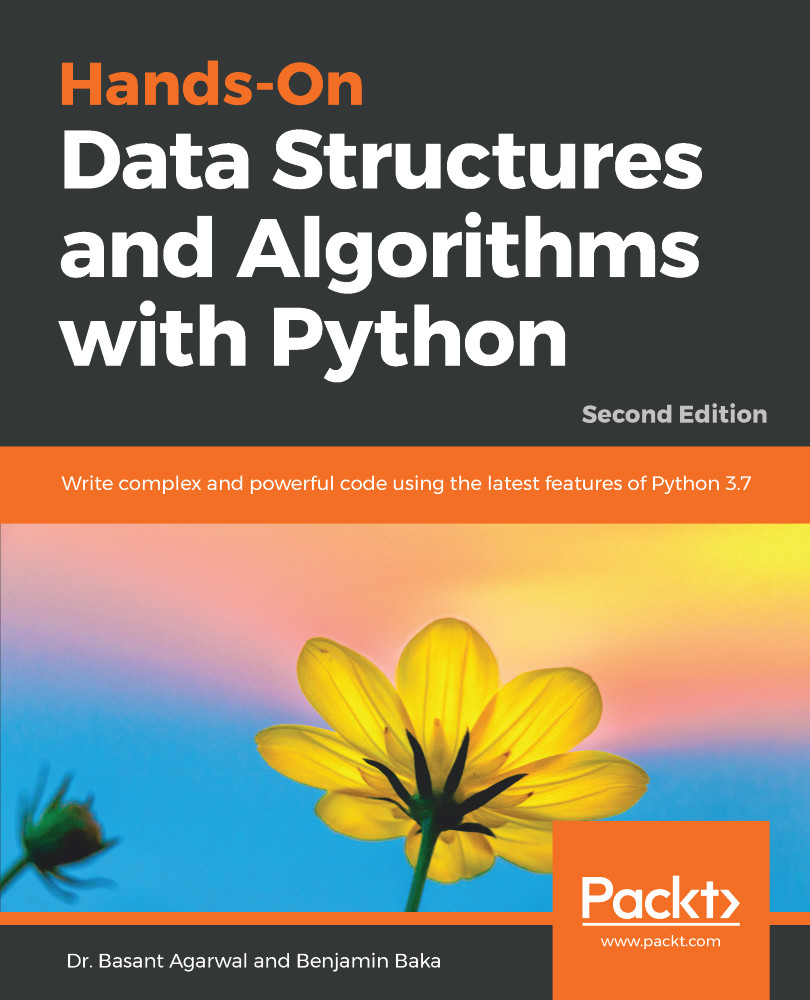Strings are basically a sequence of objects, mainly a sequence of characters. As with any other data type, such as an int or float, we need to store the data and operations that have to be applied to them. String data types allow us to store the data, and Python provides a rich set of operations and functions that can be applied to the data of the string data type. Most of the operations and functions provided by Python 3.7 that can be applied to the strings were described in detail in Chapter 1, Python Objects, Types, and Expressions.
Strings are mainly textual data that is generally handled very efficiently. The following is an example of a string (S)—"packt publishing".
A substring is also a sequence of characters that's part of the given string. For example, "packt" is the substring for the string "packt publishing...


